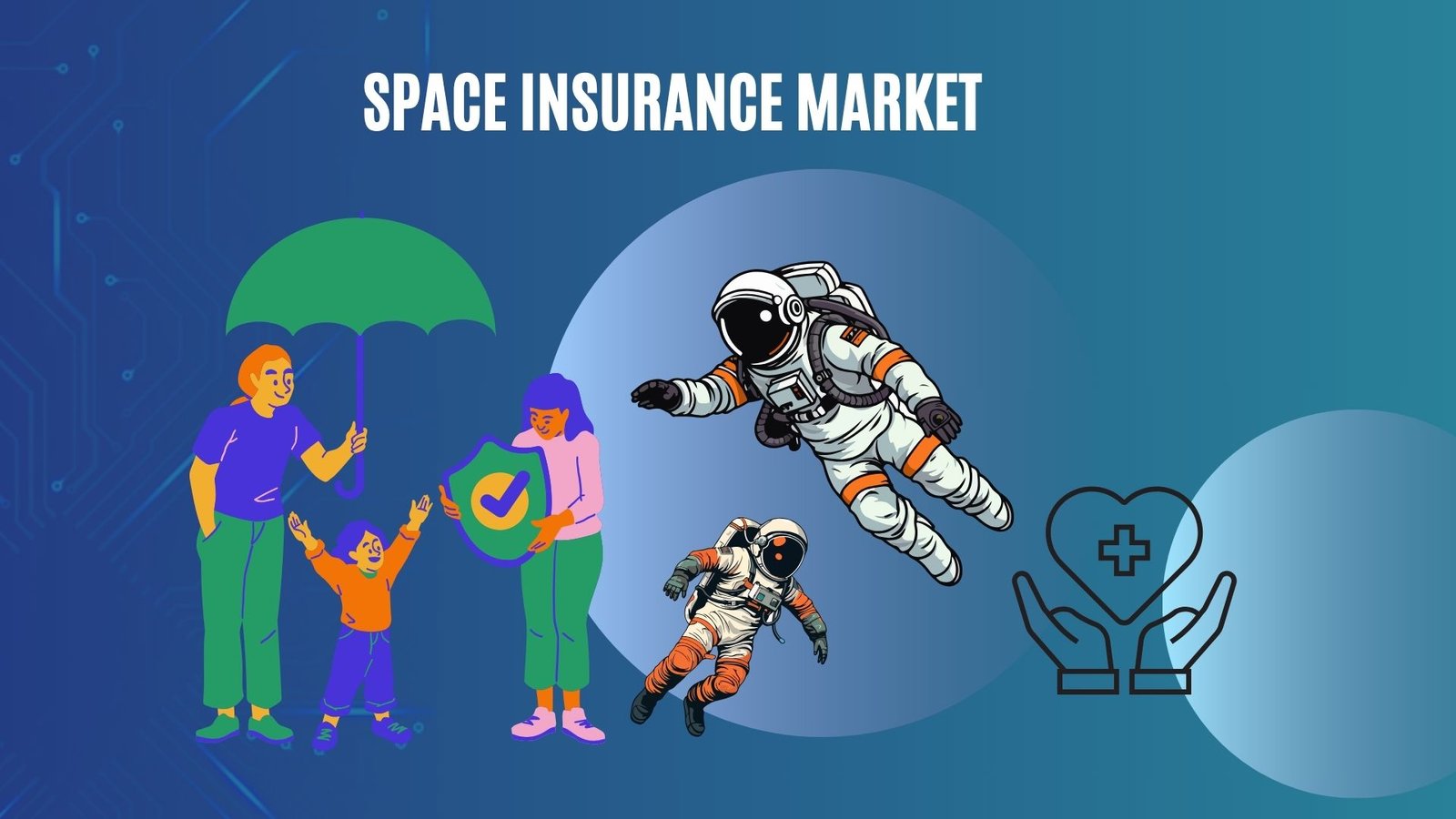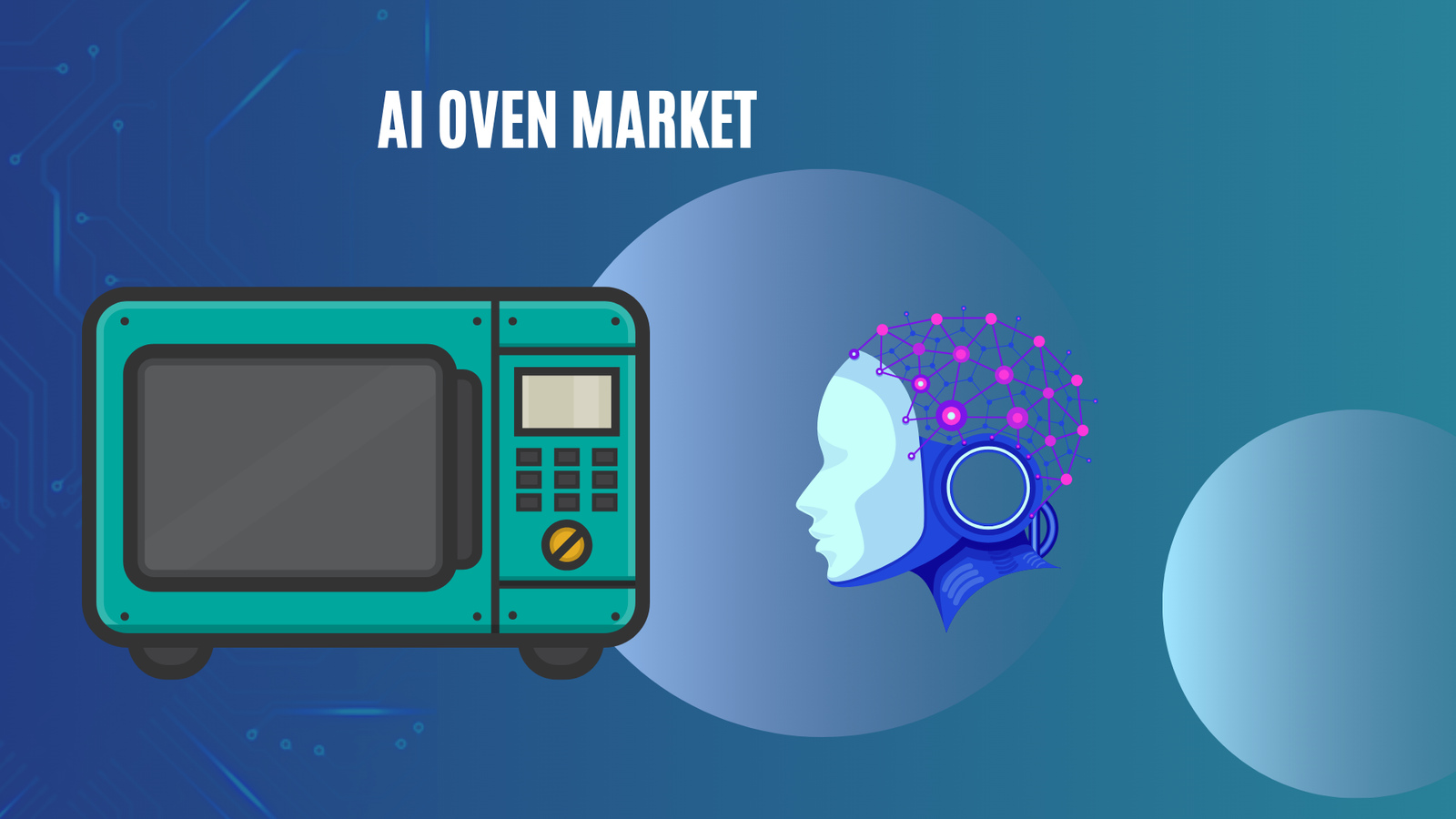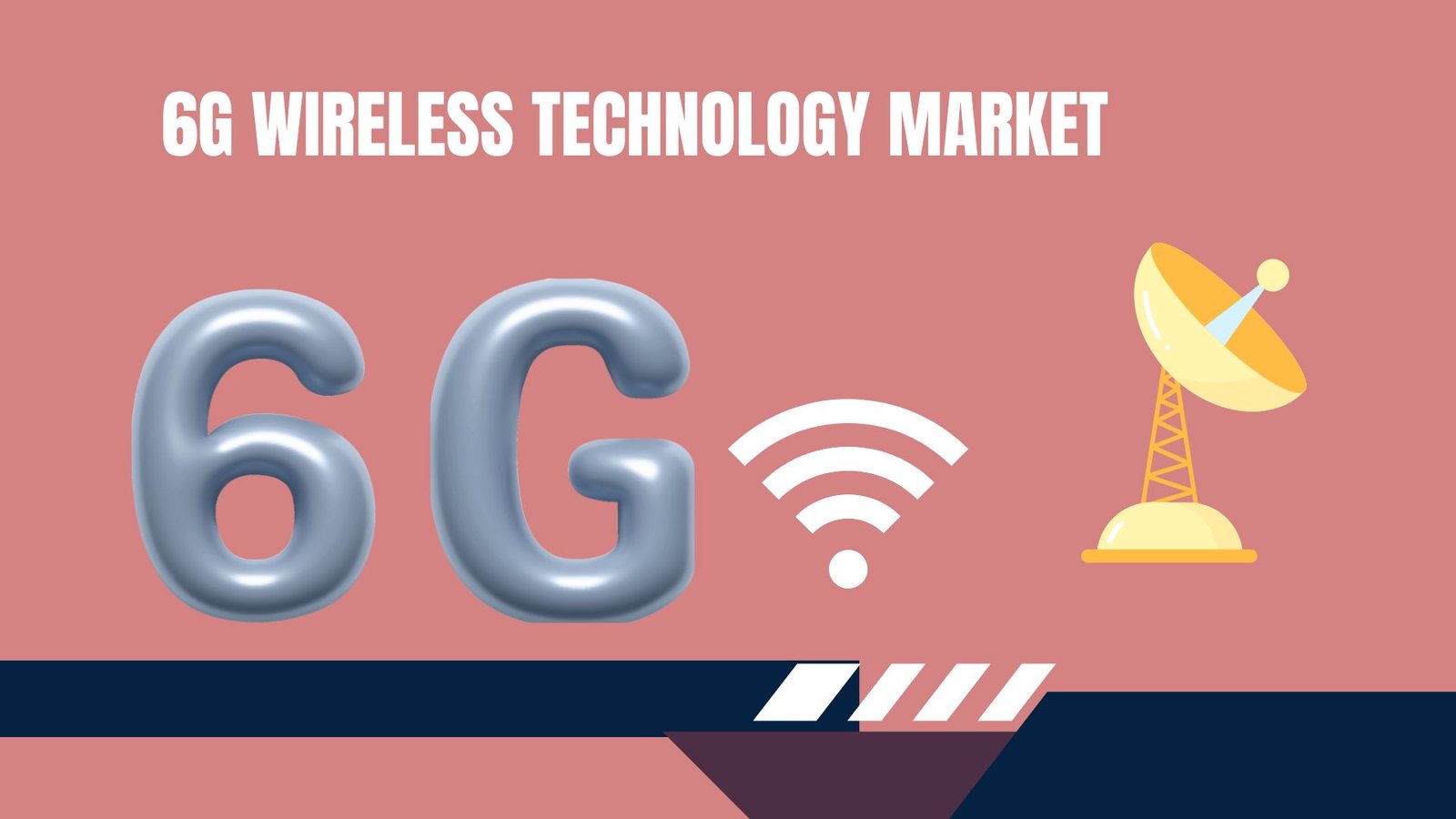Digital Twin Market to hit USD 522.9 Billion by 2033
Updated · Sep 11, 2025
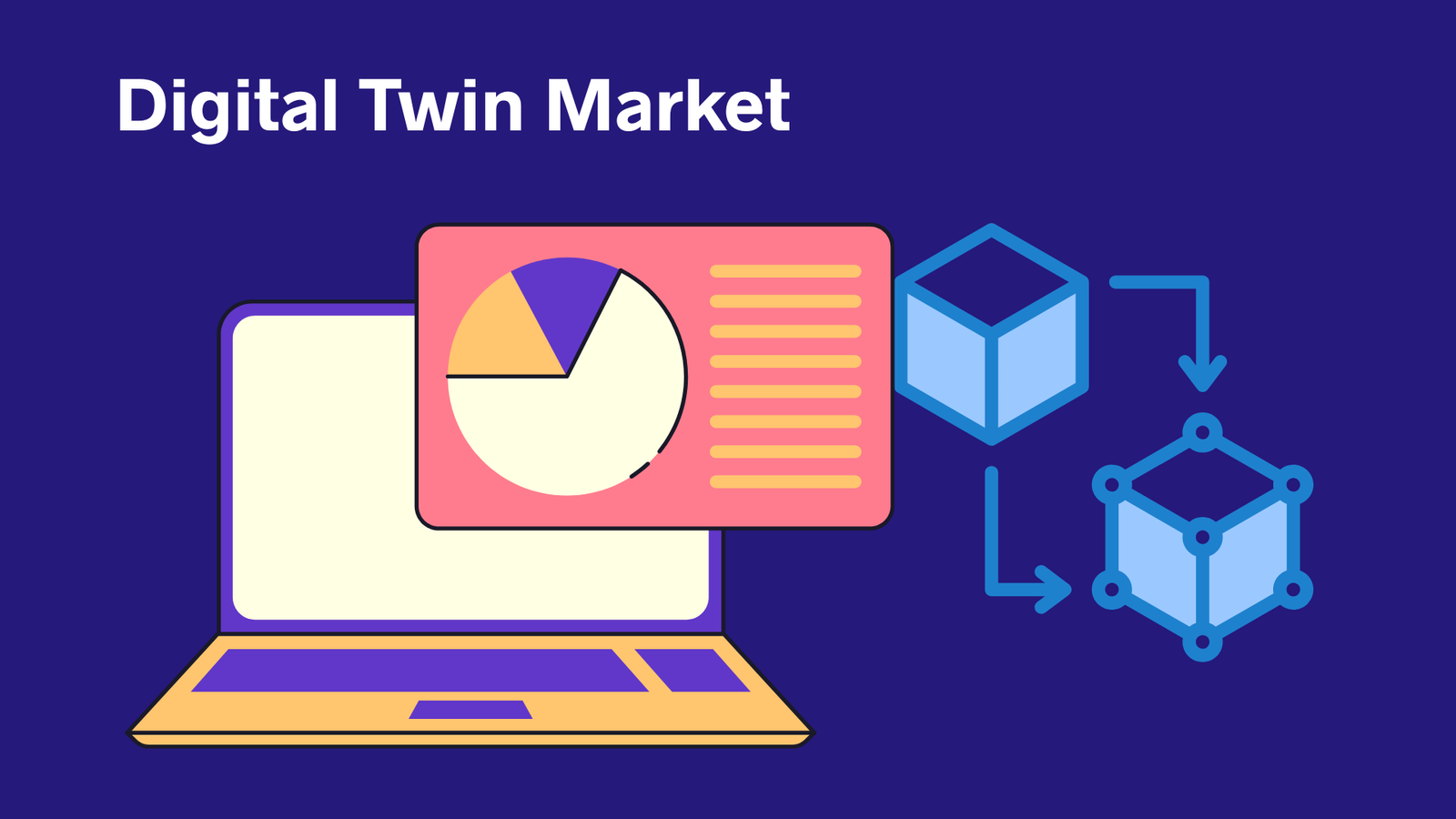
WHAT WE HAVE ON THIS PAGE
Introduction
The global Digital Twin Market was valued at USD 11.8 billion in 2023 and is projected to reach nearly USD 522.9 billion by 2033. This reflects a strong CAGR of 46.1% during 2024–2033. Growth is being driven by the rising adoption of digital transformation strategies, increased deployment of IoT and AI, and the demand for real-time monitoring and predictive maintenance across industries such as manufacturing, automotive, energy, healthcare, and smart cities.
The Digital Twin Market refers to the use of virtual models that replicate real-world physical systems, assets, or processes. These digital replicas receive real-time data from sensors embedded in physical counterparts, allowing continuous monitoring, simulation, and optimization. Digital twins are used to improve design, enhance performance, predict failures, and guide maintenance activities. The market includes software platforms, integration services, hardware components, and analytics tools. Key applications are found in industries such as manufacturing, energy, healthcare, transportation, construction, and aerospace.
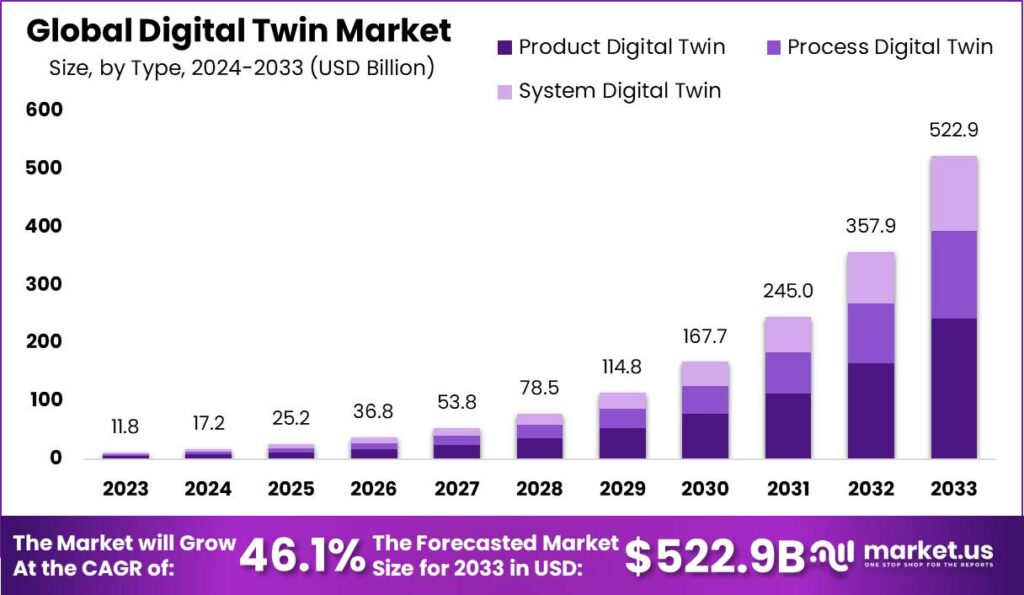
The market is driven by the growing need for real-time monitoring, predictive maintenance, and performance optimization in asset-intensive industries. As businesses seek to reduce downtime and operational costs, digital twins provide valuable insights based on real-world data. The increased adoption of IoT sensors, cloud computing, and artificial intelligence is enabling more accurate and scalable digital twin models. Additionally, organizations are using digital twins to support sustainability goals by analyzing resource usage and identifying efficiency gains.
According to survey findings, nearly 75% of firms using IoT are either already leveraging digital twins or planning to deploy them within the next year. A practical example comes from Unilever, which has implemented an AI-powered digital twin across more than 300 factories, generating potential annual savings of USD 2.8 million and productivity improvements of 1–3%. This demonstrates the clear financial and operational benefits of scaling digital twin technology in industrial environments.
Beyond manufacturing, the ecosystem is gaining traction across engineering and sustainability initiatives. About 80% of engineers recognize the added value when digital twins are integrated with VR solutions. Research from Capgemini further highlights that 57% of firms consider digital twins essential for advancing sustainability goals, especially as organizations face rising pressure to meet ESG standards. Supporting this, EY reports that industries such as aviation are already achieving measurable gains, with one global airline attaining 99.9% anomaly detection accuracy in jet engine components through component-level digital twins.
Key Takeaways
- The market is projected to reach USD 522.9 Billion by 2033, growing at a robust 46.1% CAGR from 2024 to 2033.
- By type, Product Digital Twins led the market in 2023 with a 46.3% share, driven by their role in product development and optimization.
- By technology, IoT and IIoT dominated with a 28.9% share in 2023, providing the backbone for digital twin infrastructure.
- By end-user, Automotive & Transportation was the leading sector, capturing 22.0% share in 2023 by using digital twins for innovation, efficiency, and safety.
- Regionally, North America held the top position with a 37.1% share in 2023, supported by strong infrastructure and early adoption of digital transformation.
Demand Analysis
Demand is rising in sectors that manage complex infrastructure or production systems. Manufacturing companies are using digital twins to optimize production lines and test changes virtually before implementation. In energy, operators use them to monitor power grids, wind turbines, and oil rigs. Healthcare providers are applying digital twin models to simulate patient conditions and personalize treatments. Urban planners and civil engineers are using the technology to model smart city infrastructure and transportation systems. As digital transformation expands, the demand for scalable and industry-specific digital twin solutions is expected to continue increasing.
Increasing Adoption of Technologies
Advances in machine learning, data integration platforms, and cloud computing are expanding the capabilities of digital twin systems. AI-driven analytics improve the ability to simulate future conditions, detect anomalies, and make recommendations. Cloud-based platforms provide access to scalable computing power and enable real-time collaboration across teams and locations. Integration with 3D visualization tools and augmented reality is enhancing model interaction and decision-making in maintenance and design operations.
Key Reasons for Adopting These Solutions
Organizations adopt digital twin solutions to reduce operational risks, enhance asset lifespan, and support data-driven decisions. By creating a dynamic link between physical systems and digital environments, they can detect potential failures early, optimize resource usage, and improve overall system reliability. These solutions also reduce the need for physical testing and support faster innovation cycles. In regulated industries, digital twins help demonstrate compliance and traceability by maintaining detailed operational records.
Investment Opportunities
Investment opportunities are growing in platforms that offer industry-specific digital twin applications, particularly in industrial automation, utilities, smart cities, and life sciences. Startups focused on cloud-native digital twin tools, lightweight modeling engines, and sensor integration frameworks are attracting attention. Strategic investments are also being directed toward AI-powered analytics and simulation capabilities that support decision automation. Partnerships between software vendors, engineering firms, and system integrators are further expanding the ecosystem and opening new markets.
Business Benefits
Digital twins provide measurable benefits such as reduced maintenance costs, improved system uptime, and increased design accuracy. Real-time data helps identify inefficiencies and optimize asset use, leading to cost savings and better performance. These tools also support scenario analysis, enabling companies to prepare for different outcomes and test strategies without disrupting operations. Enhanced transparency and collaboration across departments improve alignment and speed up innovation.
Regulatory Environment
While digital twin technology itself is not heavily regulated, it operates within sectors that must follow strict compliance standards. In industries like healthcare, aviation, and energy, digital twins must ensure data security, model accuracy, and operational transparency. Organizations using these systems must also comply with data privacy laws, cybersecurity requirements, and quality control regulations. Regulatory bodies may require documentation of how digital twin models influence decision-making in safety-critical systems.
Top Impacting Factors
The performance of digital twin solutions depends on data quality, integration with existing systems, and user training. High-quality sensor data and seamless connectivity are essential for accurate modeling. Compatibility with enterprise resource planning systems, IoT platforms, and control systems affects the speed of deployment. Other influencing factors include the cost of implementation, scalability, industry standards, and support from executive leadership. As the market matures, the ability to deliver value through automation and cross-functional insights will become a key differentiator.
Key Market Segments
Based on Type
- Product Digital Twin
- Process Digital Twin
- System Digital Twin
Based on Technology
- IoT and IIoT
- Blockchain
- Artificial Intelligence and Machine Learning
- Augmented Reality, Virtual Reality, and Mixed Reality
- Big Data Analytics
- 5G
Based on End-User
- Aerospace and Defense
- Automotive & Transportation
- Healthcare
- Energy & Utilities
- Oil and Gas
- Agriculture
- Other End-Users
Top Key Players in the Digital Twin Market
- General Electric Co.
- Microsoft Corporation
- Hitachi, Ltd.
- Dassault Systèmes SE
- Autodesk, Inc.
- SAP SE
- Siemens AG
- Ansys, Inc.
- PTC Inc.
- IBM Corporation
- ABB Ltd.
- Hexagon AB
- AVEVA Group plc
- Other Key Players
Source of Information – https://market.us/report/digital-twin-market/
Sources

Joseph D'Souza started Techno Trenz as a personal project to share statistics, expert analysis, product reviews, and tech gadget experiences. It grew into a full-scale tech blog focused on Technology and it's trends. Since its founding in 2020, Techno Trenz has become a top source for tech news. The blog provides detailed, well-researched statistics, facts, charts, and graphs, all verified by experts. The goal is to explain technological innovations and scientific discoveries in a clear and understandable way.







